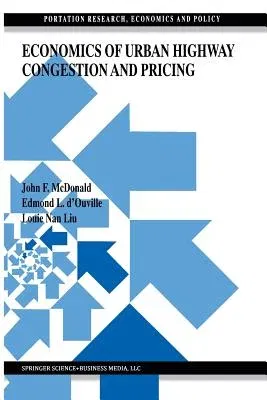J F McDonald
(Author)Economics of Urban Highway Congestion and Pricing (Softcover Reprint of the Original 1st 1999)Paperback - Softcover Reprint of the Original 1st 1999, 2 November 2012

Qty
1
Turbo
Ships in 2 - 3 days
In Stock
Free Delivery
Cash on Delivery
15 Days
Free Returns
Secure Checkout
Part of Series
Transportation Research, Economics and Policy
Print Length
240 pages
Language
English
Publisher
Springer
Date Published
2 Nov 2012
ISBN-10
1461373840
ISBN-13
9781461373841
Description
Product Details
Book Edition:
Softcover Reprint of the Original 1st 1999
Book Format:
Paperback
Country of Origin:
NL
Date Published:
2 November 2012
Dimensions:
23.39 x
15.6 x
1.37 cm
ISBN-10:
1461373840
ISBN-13:
9781461373841
Language:
English
Location:
New York, NY
Pages:
240
Publisher:
Weight:
362.87 gm

